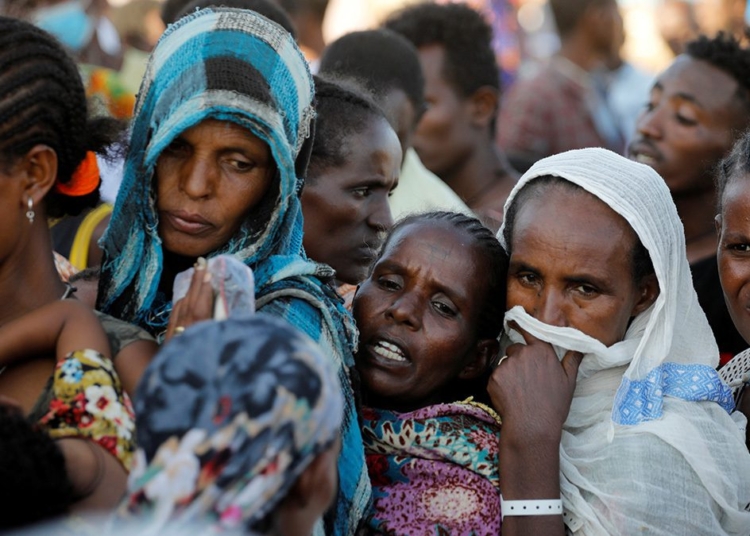The ongoing conflict in Ethiopia’s Tigray region between the government and the Tigray People’s Liberation Front (TPLF) has led to a humanitarian crisis and raised concerns about regional stability in the Horn of Africa. This article explores the historical background of the conflict, the ethnic tensions at play, and the implications for peace and security in the region. The conflict escalated in November 2020, resulting in a full-scale war with casualties, displacement of civilians, and reports of human rights abuses. The deep-seated ethnic tensions in Ethiopia, along with the regional implications of the conflict, highlight the urgent need for a peaceful resolution to restore stability in the Horn of Africa.
The Ethiopia-Tigray Conflict
Since November 2020, the world has been closely watching the escalating conflict in Ethiopia’s Tigray region. The tensions between the Ethiopian government and the Tigray People’s Liberation Front (TPLF) have brought about a humanitarian crisis and raised concerns about regional stability in the Horn of Africa. In this article, we will examine the root causes of the conflict, the ethnic tensions at play, and the implications for regional peace and security.
Historical Background
The roots of the Ethiopia-Tigray conflict can be traced back to the complex history of Ethiopia. The Tigray region, home to the ethnic Tigrayans, has a long history of marginalization and discrimination by the Ethiopian government. The TPLF, a political party representing the Tigrayans, rose to power in the 1990s as part of a coalition government following the overthrow of the communist regime. However, tensions between the TPLF and the central government have been simmering for years, culminating in the current crisis.
Escalation of Conflict
The conflict escalated in November 2020 when the Ethiopian government accused the TPLF of attacking a military base in Tigray. In response, Ethiopian Prime Minister Abiy Ahmed launched a military offensive against the TPLF, leading to a full-scale war in the region. The fighting has resulted in thousands of casualties, widespread displacement of civilians, and reports of human rights abuses by both sides.
Ethnic Tensions
At the heart of the Ethiopia-Tigray conflict are deep-seated ethnic tensions that have long plagued the country. Ethiopia is a diverse nation with over 80 different ethnic groups, each with its own language, culture, and identity. The Tigrayans, who make up around 6% of the population, have historically held significant political and economic power in Ethiopia. This has created resentment among other ethnic groups, who feel marginalized and excluded from power.
Regional Implications
The Ethiopia-Tigray conflict has raised concerns about regional stability in the Horn of Africa. Ethiopia is a key player in the region, with strong ties to neighboring countries such as Eritrea, Sudan, and Somalia. The conflict in Tigray has already spilled over into neighboring regions, posing a threat to peace and security in the entire Horn of Africa. The international community has called for a peaceful resolution to the conflict to prevent further escalation and destabilization in the region.
Conclusion
The Ethiopia-Tigray conflict is a complex and multifaceted crisis that has its roots in historical grievances, ethnic tensions, and regional power dynamics. The current fighting has resulted in a humanitarian catastrophe and raised concerns about the future of Ethiopia and the Horn of Africa. It is essential for all parties involved to engage in meaningful dialogue and negotiation to find a peaceful resolution to the conflict and restore stability in the region.













